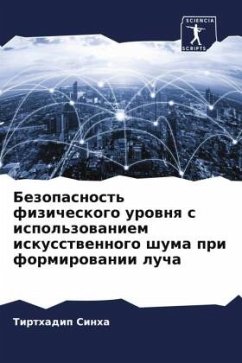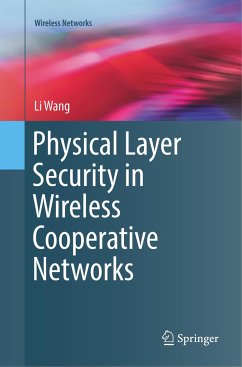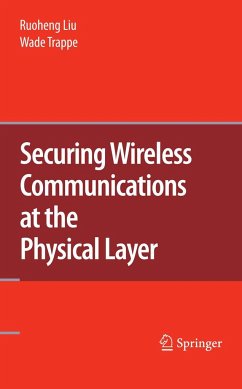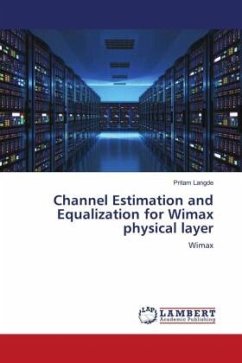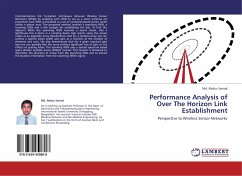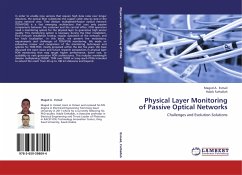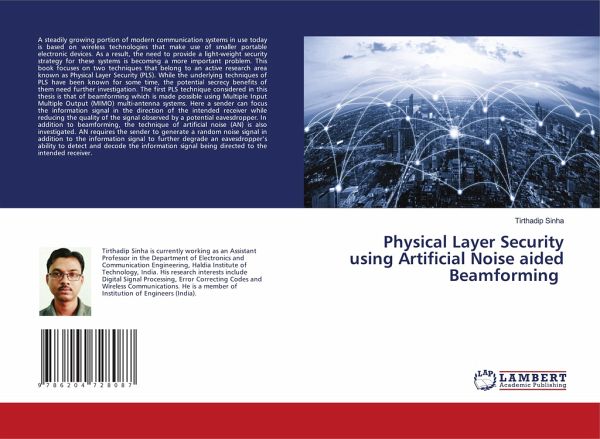
Physical Layer Security using Artificial Noise aided Beamforming
Versandkostenfrei!
Versandfertig in 6-10 Tagen
29,99 €
inkl. MwSt.

PAYBACK Punkte
15 °P sammeln!
A steadily growing portion of modern communication systems in use today is based on wireless technologies that make use of smaller portable electronic devices. As a result, the need to provide a light-weight security strategy for these systems is becoming a more important problem. This book focuses on two techniques that belong to an active research area known as Physical Layer Security (PLS). While the underlying techniques of PLS have been known for some time, the potential secrecy benefits of them need further investigation. The first PLS technique considered in this thesis is that of beamf...
A steadily growing portion of modern communication systems in use today is based on wireless technologies that make use of smaller portable electronic devices. As a result, the need to provide a light-weight security strategy for these systems is becoming a more important problem. This book focuses on two techniques that belong to an active research area known as Physical Layer Security (PLS). While the underlying techniques of PLS have been known for some time, the potential secrecy benefits of them need further investigation. The first PLS technique considered in this thesis is that of beamforming which is made possible using Multiple Input Multiple Output (MIMO) multi-antenna systems. Here a sender can focus the information signal in the direction of the intended receiver while reducing the quality of the signal observed by a potential eavesdropper. In addition to beamforming, the technique of artificial noise (AN) is also investigated. AN requires the sender to generate a random noise signal in addition to the information signal to further degrade an eavesdropper's ability to detect and decode the information signal being directed to the intended receiver.







